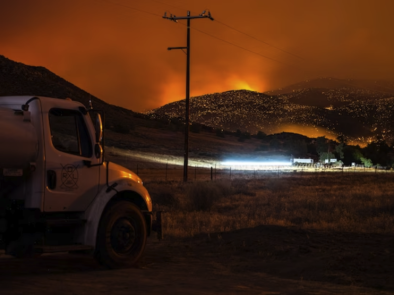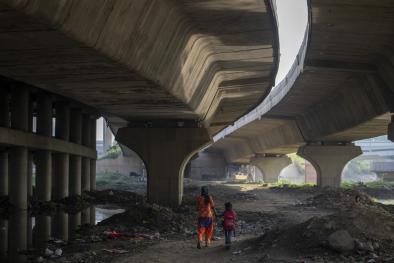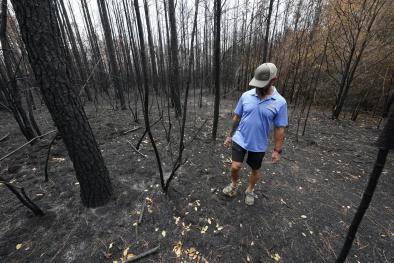2.5 million acres on fire. Stifling smoke. Burned koalas. This is spring 2019 in Australia.

The bush fires that have been plaguing Australia for the past few weeks continue to rage, with the possibility that some fires in New South Wales could merge into megafires.
In addition, record heat has gripped much of the country this week, with numerous monthly temperature records falling, including in Melbourne, where the high reached 105.6 degrees (40.9 Celsius) on Thursday, tying a record that dates back to 1894, according to the Bureau of Meteorology.
...
Fires burning in New South Wales covered Sydney and other areas of the state’s eastern coast in a stifling blanket of hazardous smoke. Tiny particles in the smoke, known as particulate matter 2.5, can enter the lungs and aggravate asthma and other chronic health conditions, as well as raise the risks for other illnesses.
The extreme heat has been relentless. On Wednesday, for example, temperatures in a portion of every mainland Australian state and the Northern Territory hit at least 104 degrees (40 Celsius). While not unheard of, this is nevertheless unusual, particularly for this time of year.
What’s especially worrisome to public officials and residents throughout the most fire-prone areas is that Australia typically sees its peak fire activity during the summer, rather than the spring. The heat and code red fire danger in Victoria on Thursday were more akin to the “worst conditions you’d see in February or March,” according to Victoria’s emergency services minister Lisa Neville.
...
A large area of South Australia was more than 29 degrees (16 Celsius) above average for this time of year, the BOM found. In other words, the heat experienced this week was more typical of February in the Land Down Under, which, given drought conditions in many areas, is worrisome for the long fire season ahead.
...
“This is teaching us what can be true under a climate changed world. The numbers, scale, and diversity of the fires is going to reframe our understanding of bushfire in Australia. This is a major event which will have huge intellectual and policy legacies.”
Related Content






